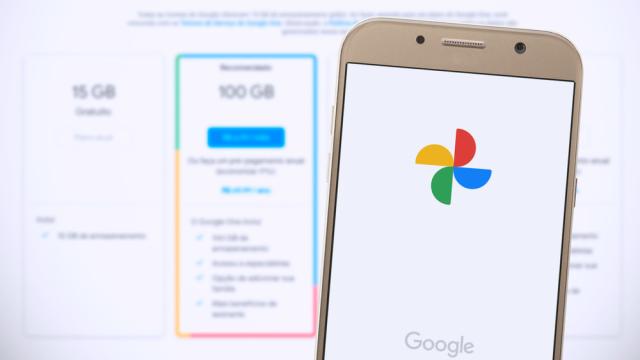Starting June 1, 2021, all files your create or upload across Google’s services will using the same account eat up some of your allotted storage space. If you’re on a free account, it’s only a matter of time before you fill it. And if you have an older Google account you use for long-term storage — but rarely log into — you might want to start doing that a lot more regularly.
Google’s changes to storage limits is a big shift from its current policy, especially for Google Photos, which used to let users upload unlimited photos for free as long as they were saved in the “High” quality instead of “Original.” Drive and Gmail also granted exceptions to certain files, but once Google’s new policy goes into effect next year, any new photos you upload or documents you create will count against your Google account’s total allotted cloud storage space.
[referenced id=”1036424″ url=”https://www.lifehacker.com.au/2020/11/how-to-manage-your-google-photos-or-move-them-somewhere-else/” thumb=”https://www.gizmodo.com.au/wp-content/uploads/sites/4/2020/11/14/pndlwpeg9jfbrdy7ux1y-300×168.jpg” title=”How to Manage Your Google Photos or Move Them Somewhere Else” excerpt=”Now that Google will soon start counting anything you’ve uploaded to Google Photos toward your storage limit — which tops out at 15GB for a free plan — it’s worth performing a personal audit. How much space am I using? How can I stretch my free plan as far as…”]
The changes apply to all users on all devices, though there are some exceptions to which files are actually counted against your storage limit:
- Only photos and files created or uploaded after June 1, 2021 will take up data. Previously uploaded content will not be counted (unless you delete and re-upload the files after June 1, 2021).
- Photos taken with a Pixel phone and uploaded in “high” quality are not included in your cloud storage limit.
Most Google users only have 15GBs of free storage space to work with, so it won’t take long for avid photographers and people who do most of their work in Drive to use up their cloud data — especially if you have tons of files gobbling up space already.
When Google might might delete your account for inactivity
Not only are Google’s storage limits inconvenient, the company will start actively deleting data from accounts that exceed their limit or remain inactive for too long.
According to an email Google sent users, “If you’re inactive for 2 years (24 months) in Gmail, Drive, or Photos, we may delete the content in the product(s) in which you’re inactive. If you exceed your storage limit for 2 years, we may delete your content across Gmail, Drive, and Photos.”
Since the new restrictions don’t kick in until June 2021, the soonest your content could be deleted is June 1, 2023. As long as your account is active and you stay within your allotted storage, however, your content will remain safely in the cloud. Google is probably hoping this will push more users towards buying Pixel phones and larger Google One storage plans, but those aren’t the only solutions.
Get control of your Google storage
Before June hits, take some time to audit your various Google accounts, delete what you don’t need, and back up your photos elsewhere. (We have a guide for backing up and deleting your Google data using Google’s online data management tools, and how to migrate your Google Photos library elsewhere.)
If you’re not sure what other services are available, check our suggestions for the best Google Photo alternatives, the best cloud storage services, and free options for backing up your smartphone photos — though saving your photos and files on an external hard drive or even a burnable disc is always a good idea too.

Leave a Reply
You must be logged in to post a comment.